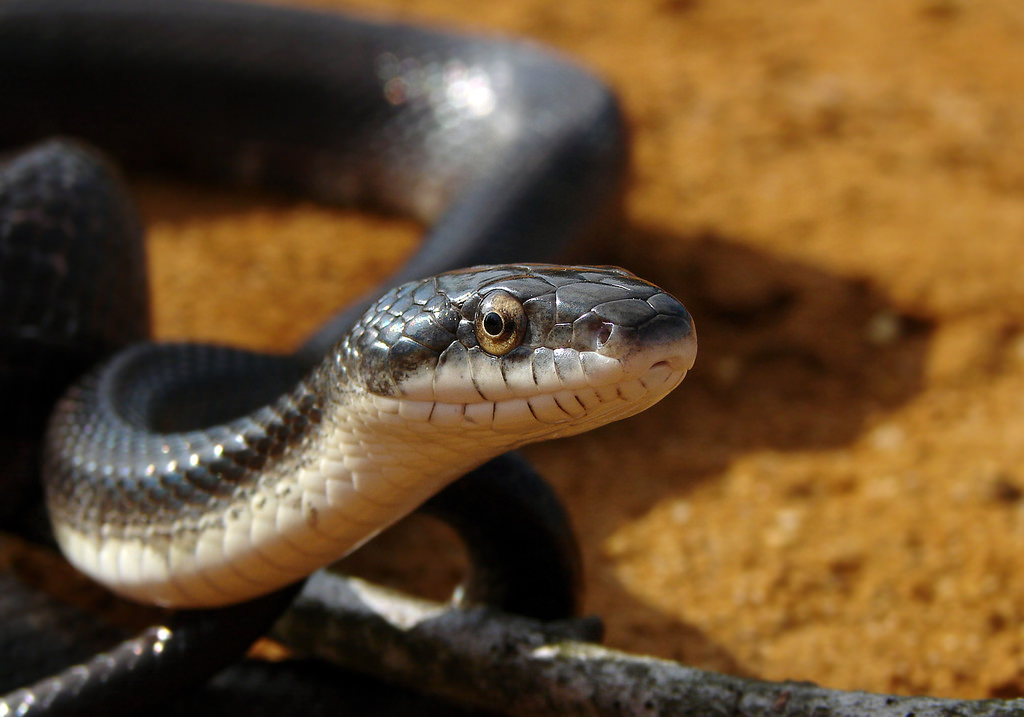 Snakes of all different species are meeting a gruesome end as, seemingly without reason or consistency, a new type of deadly fungus has begun infecting the reptiles.
Snakes of all different species are meeting a gruesome end as, seemingly without reason or consistency, a new type of deadly fungus has begun infecting the reptiles.
Science News discusses the fungus, Ophidiomyces ophiodiicola, and the problems it causes for snakes. According to the research currently available, the fungal pathogen seems to be most prevalent in the eastern and midwestern portions of the United States, infecting snakes of all kinds regardless of habit, species, size, or any other factors.
Fungal spores can be found in the dirt, with snakes picking them up on their bodies as they go about business as normal slithering and burrowing. Once infected, the fungus spreads across the entirety of the snake’s body, forming painful lesions that prevent the animal from eating or moving. If they do not die of malnourishment, dehydration, or predators, infected snakes will typically succumb to the disease itself within time.
Experts have compared this fungus to white-nose syndrome or the chytrid fungus affecting bats and amphibians, respectively. Indiana University–Purdue University Fort Wayne biologist Bruce Kingsbury stresses how bad this disease could be, saying it could lead to both the extinction of vulnerable snake species as well as the destabilization of entire ecosystems that depend on snakes for balance.
So far, 23 species of snake have been found to be vulnerable to the infection since it was first recognized in 2008. Frank Burbrink, coathur of the study that brought this disease to light, says they have currently been unable to find any pattern in infection between different snakes. Without any idea as to what makes certain snakes vulnerable to the fungus, his team currently has no idea what can be done to stop it. “It’s about as bad as you can get,” he says.
To make matters worse, there is not currently enough data to even predict how infectious the disease truly is. Those working with the fungus expect that many instances of infection go unreported in the wild, meaning there could potentially be many more snakes at risk than what they’ve been able to find. There’s also no indication of when the fungus first appeared, as it cannot yet be determined from how long ago it originates.
Burbrink and his team aren’t prepared to call it quits, though. They plan to work tirelessly to find a way to solve this problem, currently turning to samples housed in natural history museums for new research opportunities.


